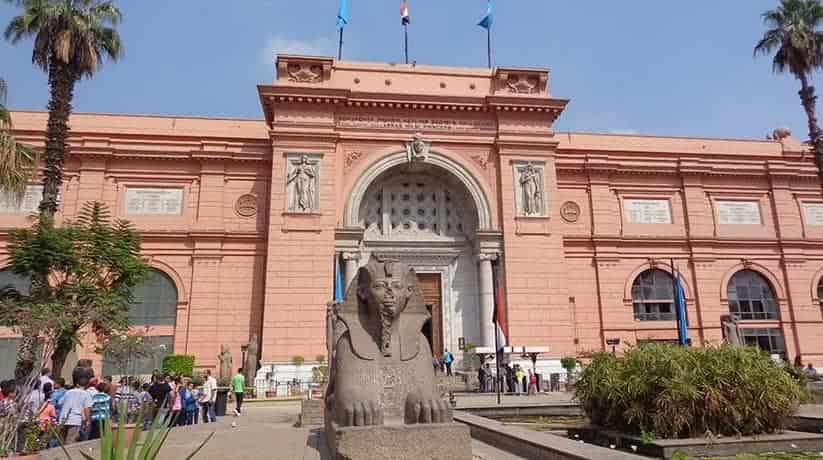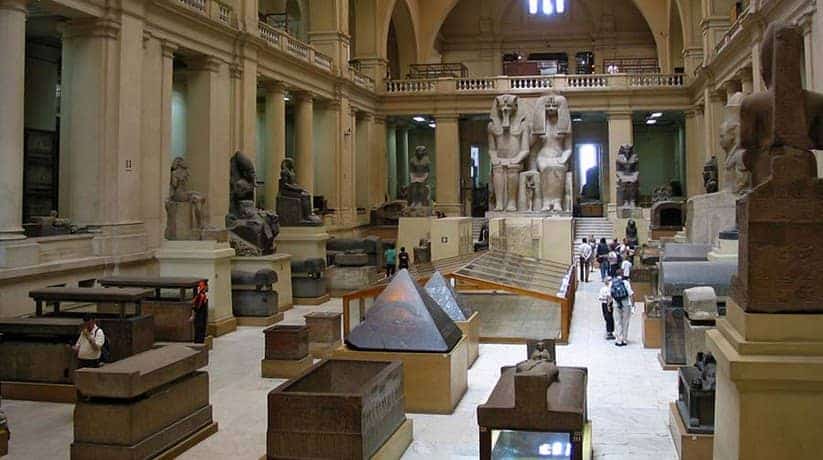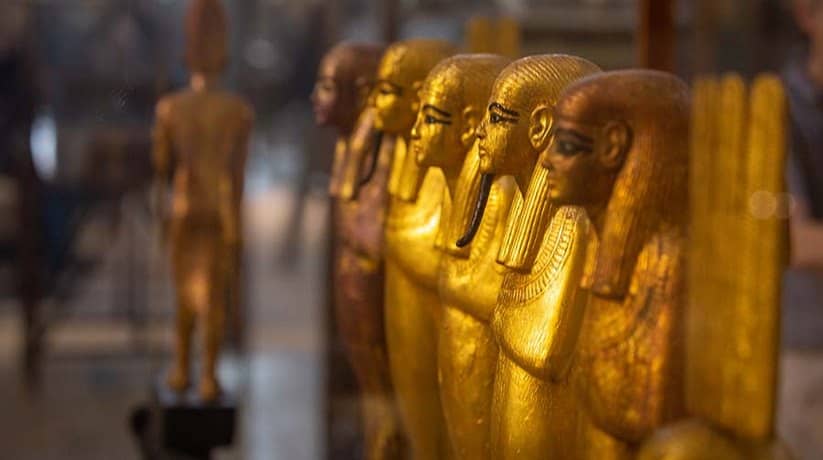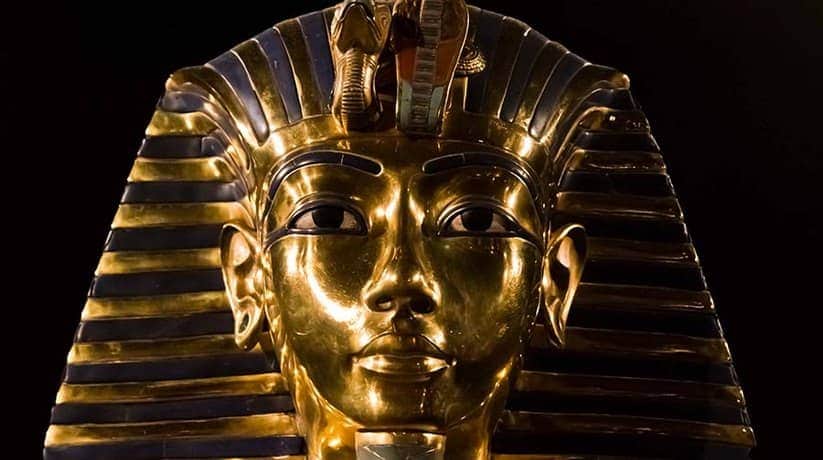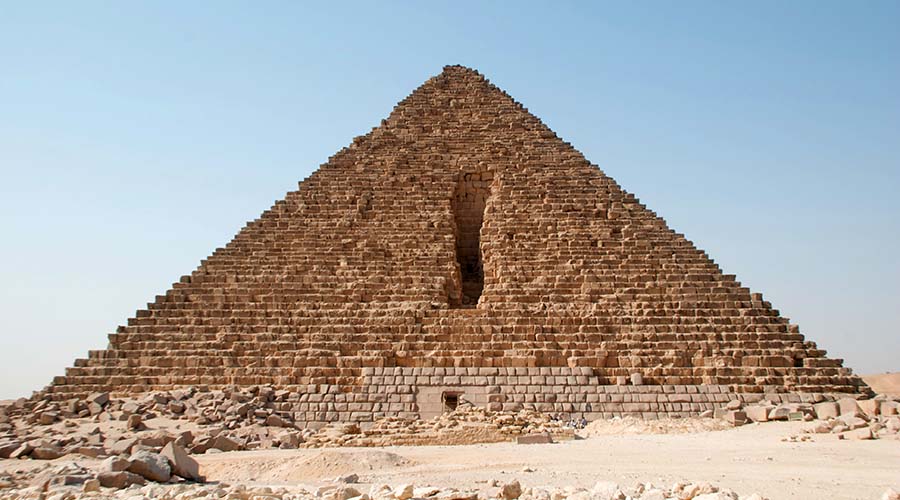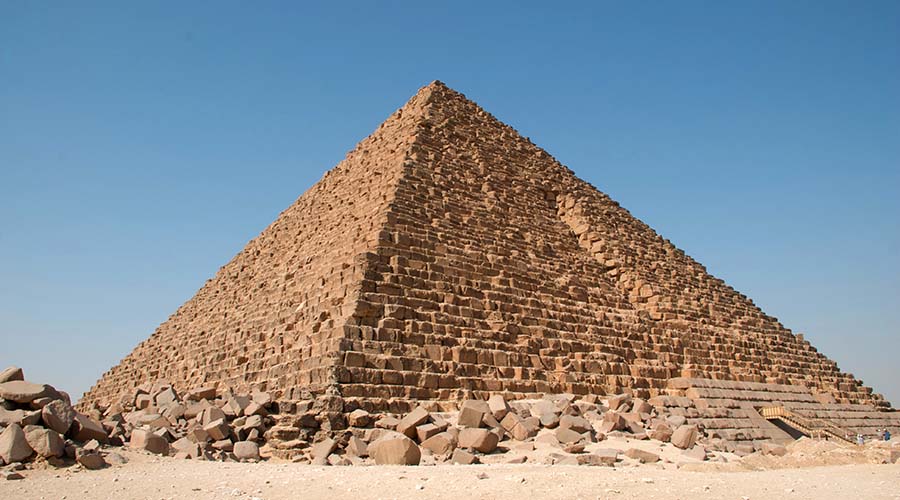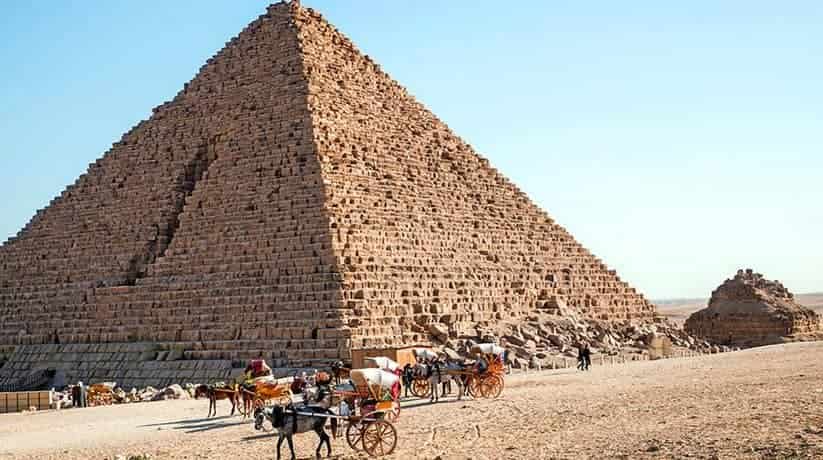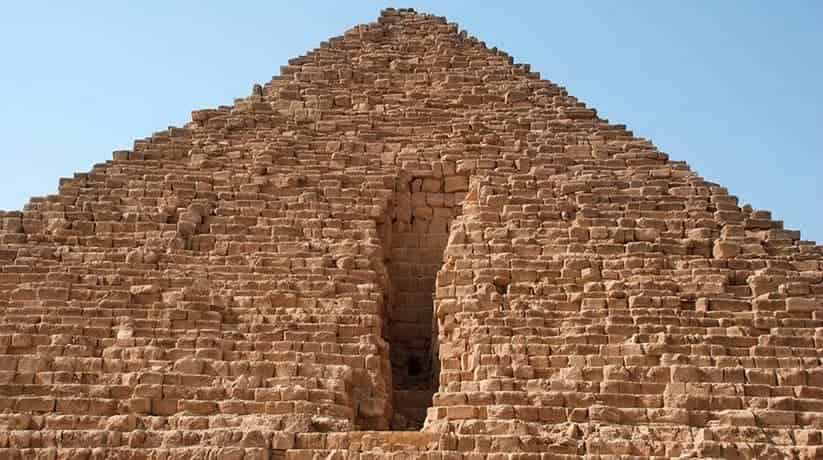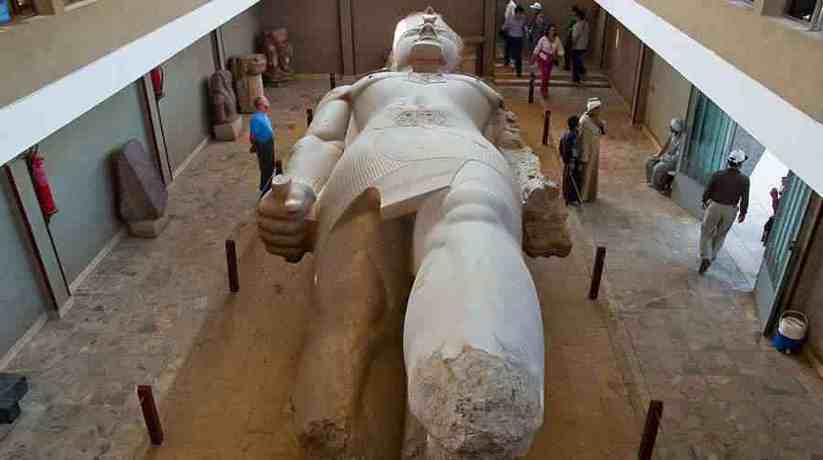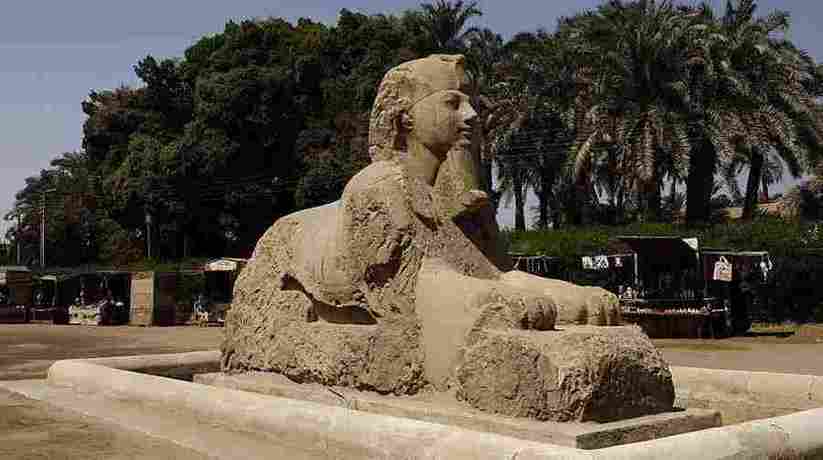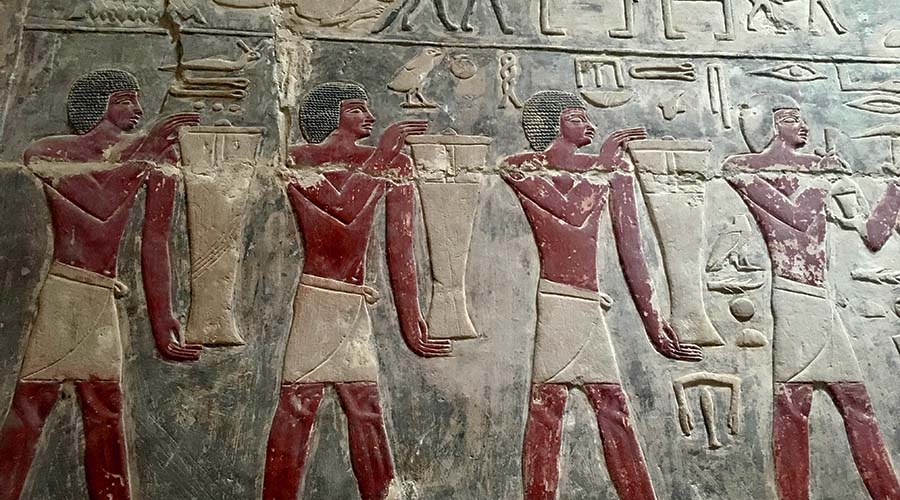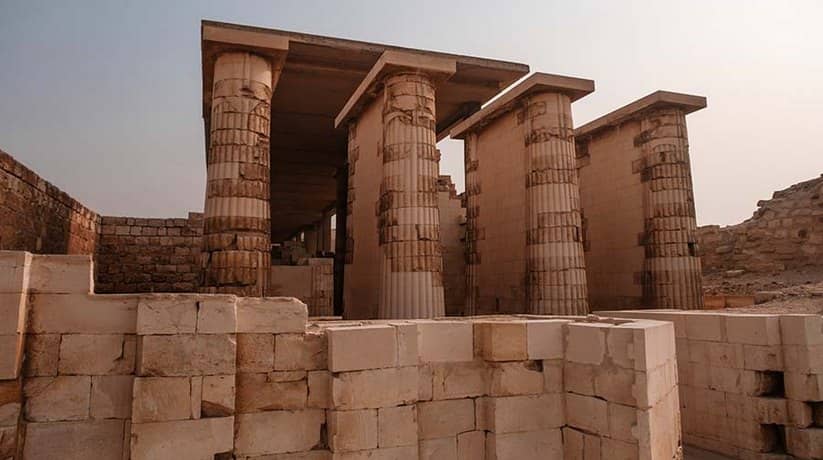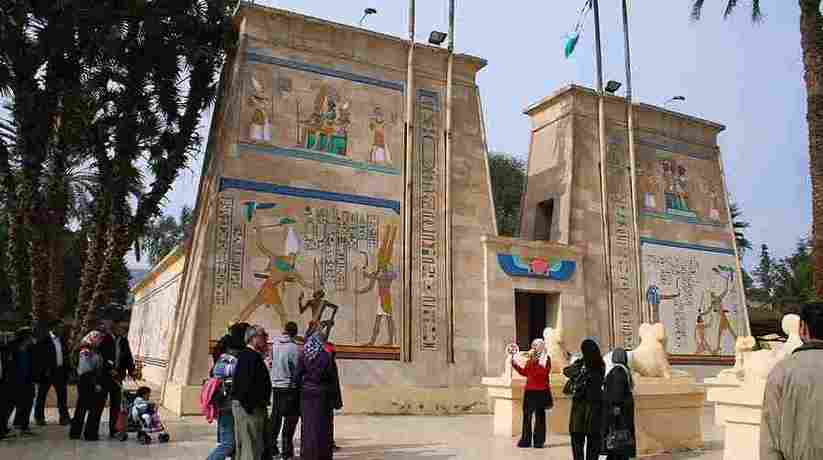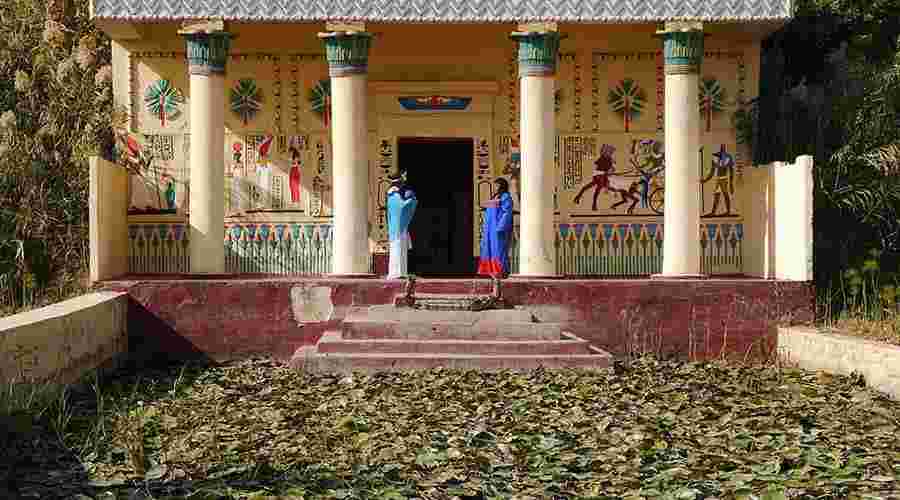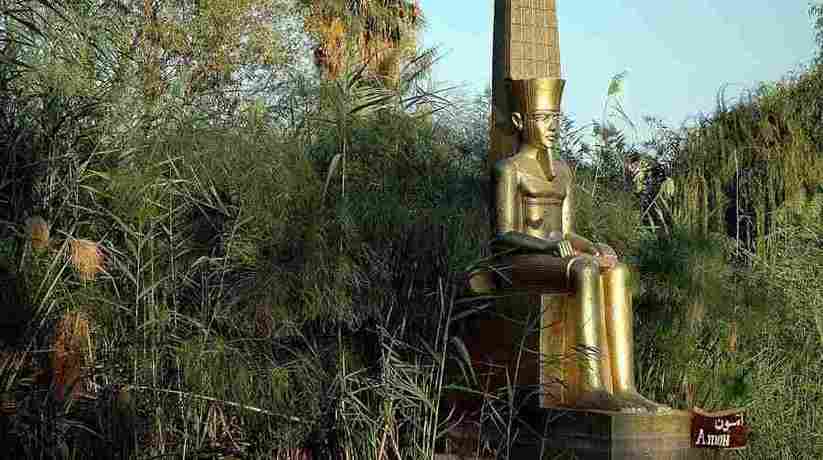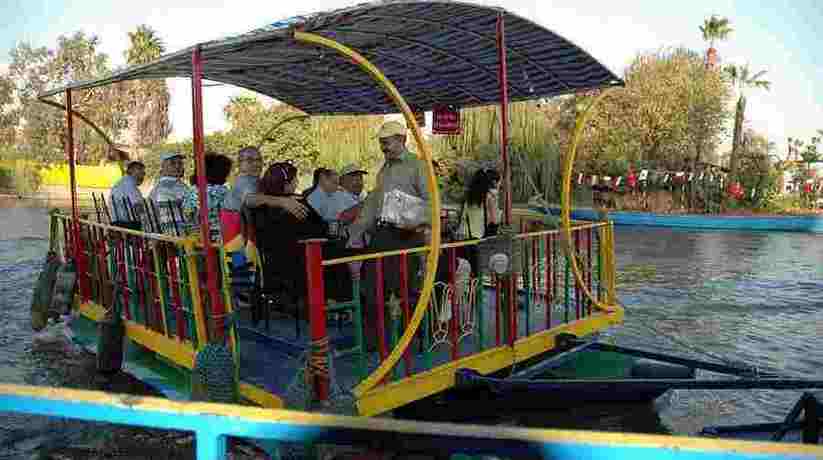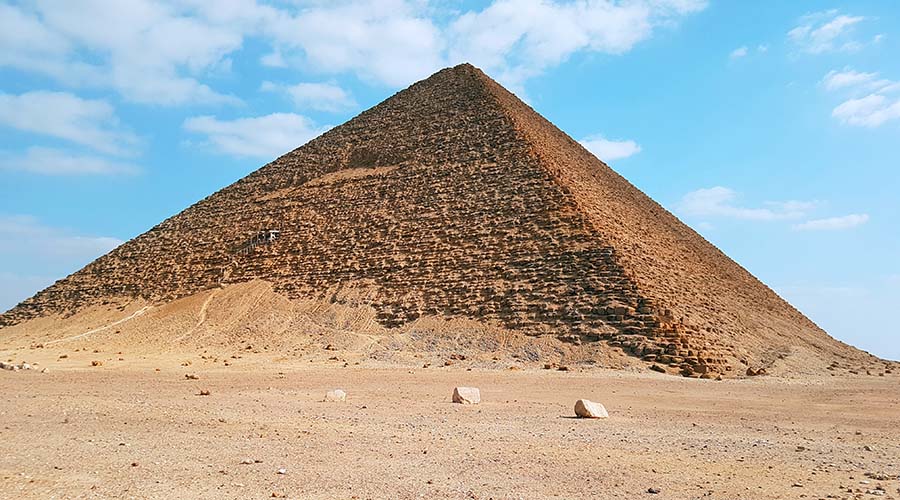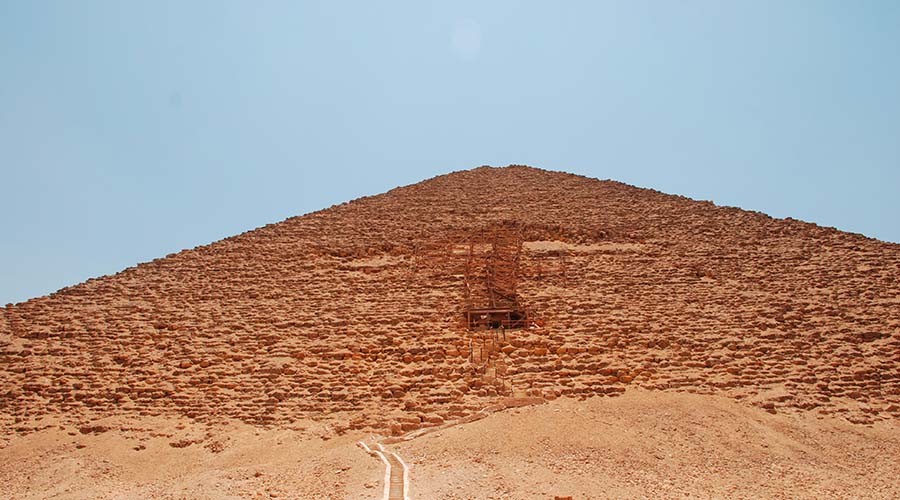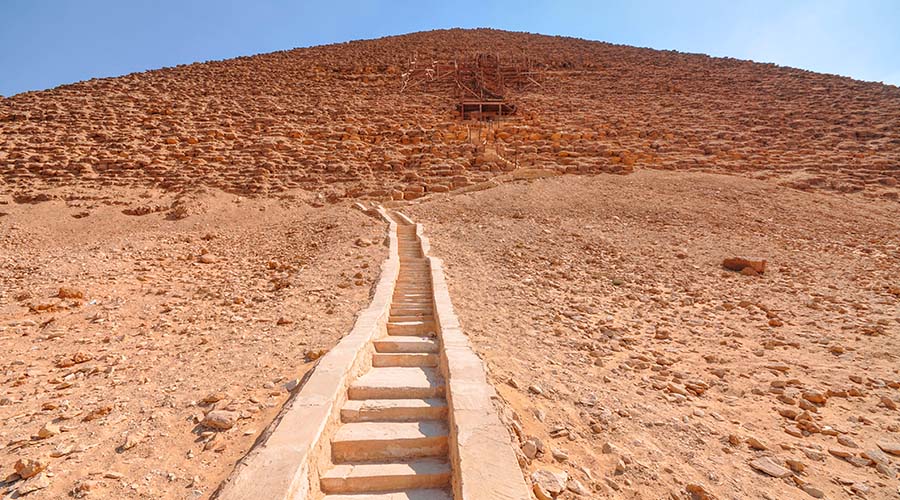Egyptian Museum Cairo
Egyptian Museum Cairo Egypt tours, booking, prices, reviews
Egyptian Museum Cairo Egypt is one of the oldest museums in the world. In fact, the Egyptian Museum in Cairo has a long history which dates back to the 1825. It was when Mohamed Ali Pasha issued a decree to establish a museum for the antiquities. Mohamed Ali Pasha was the ruler of Egypt at that time. The first location of the museum was in front of the Azabakeya Lake. Azabakeya Lake was between Opera Square and Ataba Square.
The rulers of Egypt in this period did not realize the real value of the antiquities. They also didn’t for ancient historical finds of Egypt. They gave them to the European tourists who visited Egypt. It was in the middle of the 19th century. The rest of the antiquities taken to an abandoned room in the Citadel. The Austrian Archduke Maximilian visited the Citadel. He was fond of the belongings of this room. Khedive Abbas, the ruler of Egypt at that time, gave the Archduke all the items that kept in the room. Afterwards Maximilian took theses antiquities with him to Austria. They are still there until today.
Further details about the Egyptian Museum Cairo Egypt:
The recent museum located in Tahrir square. In fact, it is because of the efforts of the great Egyptolog man, Auguste Mariette. The Museum opened for public in the 15th of November 1902. Situated in front of the main entrance of the Egyptian Museum Cairo, a small artificial lake. It has some of the lotus and the papyrus plants. Papyrus is indeed the most important plant for the ancient Egyptians. The papyrus is that green long plant which used by the ancient Egyptians to produce papers. Furthermore, the words “paper” in English and the word “Papier” in French both derived from the word “Papyrus”.
In fact, the Egyptian Museum of Antiquities consists of two floors. The ground floor hosts the heavier displays. They are such as coffins, huge statues and also stone carvings. Moreover, the displays of this floor organized according to the historical periods. They are Old Kingdom, Intermediate Period and also New Kingdom. They also include Late Period Gareco Roman Period and the antiquities of the Nubia. The upper floor of the Egyptian Museum houses the lighter displays. The displays include gadgets and also tools. They include also funerary objects, smaller statues, papyrus papers, wooden coffins and jewelry. In addition, they also include jewelry. Moreover, they also include the displays of the Tut Ankh Amun tomb (Tutankhamen’s tomb).
More details the Egyptian Museum CairoEgypt:
In fact, displays you must view at the Museum is the Narmer Plate or the Plate of the King Menes. The Narmer Plate is a large plate which made out of stone. It is the only remaining evidence that King Narmer was able to unify the two regions of Egypt. They are Upper Egypt and Lower Egypt. The name of the King Menes inscribed at the two sides of the plate. In addition, King Menes portrayed on one side of the plate wearing the long white crown. He is about to beat a war prisoner with his hands. On the other side of the Narmer Plate, also the king portrayed. He wears the two crowns and walking with his followers. This to supervise the process of prosecuting the war prisoner.
The Displays of the Old Kingdom:
The displays of the Old Kingdom in the Egyptian Museum Cairo located to the left hand side of the entrance door. They are among the most remarkable among the whole displays of the museum. The Old Kingdom or the Pyramids builders period, is a section of the ancient Egyptian history. The achievements of this period are Pyramids of Giza, Zoser’s Step Pyramid and Dahshur Pyamid. The achievements also include Abu Sir Pyramids. The first capital of a unified Egypt founded by King Menes in the 32 nd century BC. It called Memphis and located nowadays to the South of Giza. In fact, the important Egyptian kings are King Menes, King Zoser and King Senefru. They are also King Chespos and King Khafre. They ruled over the country from Memphis.
In addition, there is a wonderful statue of King Khafre which made out of alabaster. It put on display in the second hall of the ground floor of the Egyptian Museum Cairo. There are also four heads of some of the relatives of the king. They also made out of limestone. The museum of Antiquities has also a collection of attractive smaller statues of servants. They are carrying out their everyday duties and responsibilities. There is also a statue of a woman grinding the grains. Beside her, there is a statue of a man getting the dough ready to produce beer.
Further details about the Egyptian Museum Cairo Egypt:
On the other side there is a man grilling a goose and beside him. There is also another man holding a large bag on his shoulder. In fact, these statues found in some of the tombs of the Nobles. They included these servants with them in their burial chambers. This is to serve them in the afterlife as they have served them during their lives. Moreover, the ground floor of the Egyptian Museum Cairo also has a large collection of coffins. They made from different types of rocks and stones. They have notable decorations and carvings.
There are also the walls of the funerary chamber. They reconstructed after brought from one of the tombs of Sakkara. This piece is the best example of the magnificent art of the 6th dynasty of the Old Kingdom. The guests will view on the walls of the chamber a list of items. They show what the deceased might need in the after life.
The Old Kingdom considered one of the most powerful periods of the ancient Egyptians. This is why the guests will find huge statues that featured with the accuracy in their design and beauty. An example of this, is the wonderful statue of king Khafrae. In fact, it made out of the strong diorite stone. The Egyptian Museum has also a wonderful statue of the old kingdom. The statue is the sycamore wooden which made statue of the “Sheikh of the town”. Furthermore, it is one of the most important figures. The statue dates back to the ancient Egyptian. It still practiced until today.
The Displays of the Middle Kingdom:
The Egyptian Museum Cairo also comprises ten notable statues that date back to the Middle Kingdom. The ten statues portray the King Senusret I and a king that belongs to the 12th dynasty. In fact, they all made out of limestone. There are also three other statues of Senusret which portrayed as a the god Osiris. They found near the El Lisht. It is an area near El Fayoum. The area is also near to Meidum Pyramid in Beni Suef. The Middle Kingdom period started in Egypt with the fall of the Old Kingdom. It was indeed a negative period of the ancient Egyptian history.
The living conditions of the Egyptians improved. It was in the beginning of the 12th dynasty rule. Moreover, the arts and industries have flourished. Another transition took place in Egypt once again. It is when the nobles fighting among each others. As a result, the living conditions getting worse once more. In fact, all these facts paved the way for the Hyksos to invade the country. The 17th dynasty came to rule over Egypt from Thebes. They started to fight these foreign invaders. It was until the King Ahmose was able to defeat the Hyksos and expel them out of Egypt. Ahmose founded the 18th dynasty, which is the first dynasty of the New Kingdom of Egypt.
The Displays of the New Kingdom:
The 18th dynasty is the first dynasty of the New Kingdom. It is indeed the greatest dynasties that ruled over Egypt. The most important rulers of this period are Queen Hatshepsut and King Amenhotep. They are also Ikhnaton and King Tut Ankh Amun. In fact, there are so many displays in the Egyptian Museum which date back to the New Kingdom. Among these there are several statues of the Goddess Hathour and the god Amun. Without doubt, they are the most famous god of ancient Egypt.
The displays of the New Kingdom also include a large collection of mummification tools. They also include chairs, wooden objects and crowns. Moreover, the displays also include a large collection of statues of gods, kings and queens. In fact, they date back to many different periods in the New Kingdom. There are also many remarkable statues of Queen Hatshepsut. Some of them portraying her in the shape of the Sphinx. The other shows her in the disguise of a man. There are also some notable statues of King Thutmose III, the successor of Hatshepsut. He is one of the most skillful military leaders of ancient Egypt. He called, the Napoleon of Egypt.
Egyptian Museum in Cairo operation hours:
The Egyptian Museum in Cairo opens daily from 9 am till 5 pm.
9:00 AM-2:00 PM during Ramadan month
Egyptian Museum ticket cost:
Egyptian: LE 10 (LE 5, students)
Foreign: LE 120 (LE 60, students)
Royal Mummies Room:
Egyptian: LE 20 (LE 10, students)
Foreign: LE 150 (LE 75, students)
Centennial Gallery:
Egyptian: LE 2 (LE 1, students)
Foreign: LE 30 (LE 15, students)
The Egyptian Museum location:
Midan al-Tahrir, Downtown Cairo
Egyptian Museum direction:
First by metro: Sadat Station, follow signs to Egyptian Museum exit and walk straight along the street.
Second car or taxi: Ask for “al-mat-haf al-masri”
Third by bus: Ask for “abdel minem-ryad”
The Egyptian Museum facilities:
Cafeteria, bank, post office, gift shop, library, children’s museum and school.
Taped audio guides are available in English, French and Arabic for LE 20. Go to the kiosk in the front foyer to purchase.
Membership in the Friends of the Egyptian Museum Cairo Egypt organization is available. Call for details (+20-(0)2-2579-4596).
Services for patrons with special needs:
An elevator, located to the right of Gallery R43 (Pre- and Early Dynastic). It is available for those unable to use the stairs. Ask the engineers in the office next to the elevator to activate it.
Guided tours for blind and low-vision patrons are available upon request (please phone in advance).
The Egyptian Museum contact information:
Phone: (+202) 25794596
Fax: (+202) 25794596
Email: egyptianmuseum@hotmail.com
NO PHOTOGRAPHY ALLOWED. Cameras must checked at building entrance.


